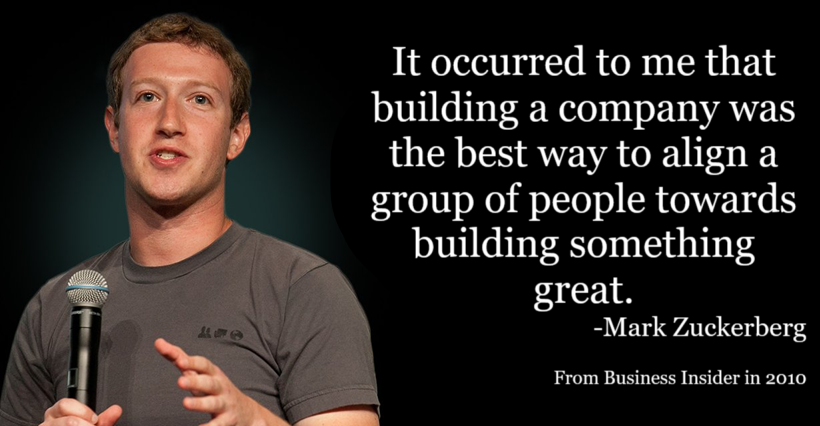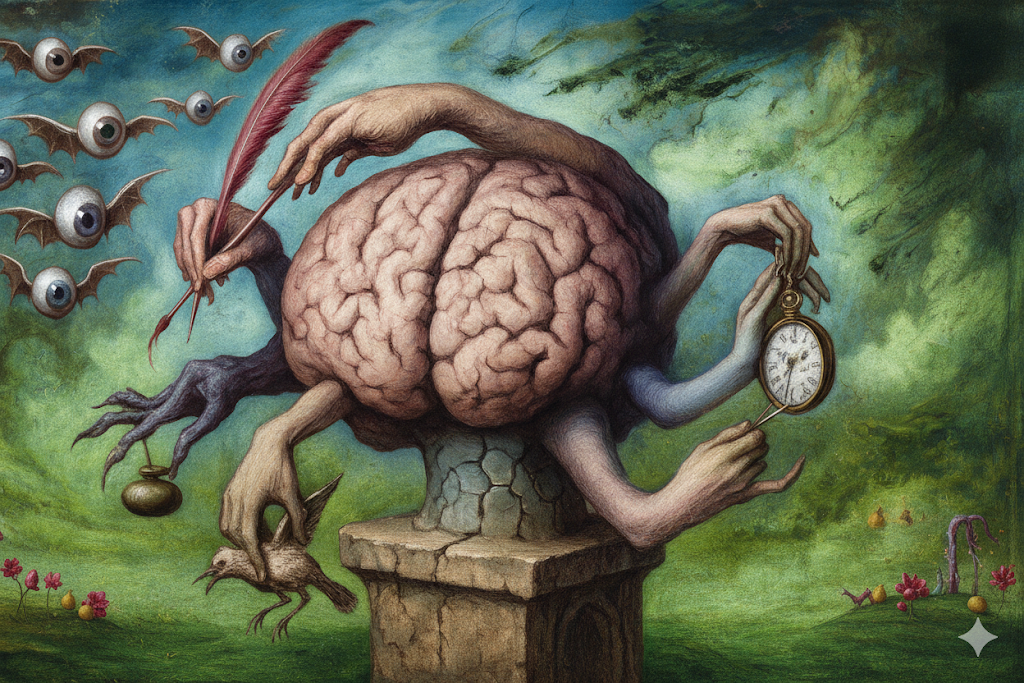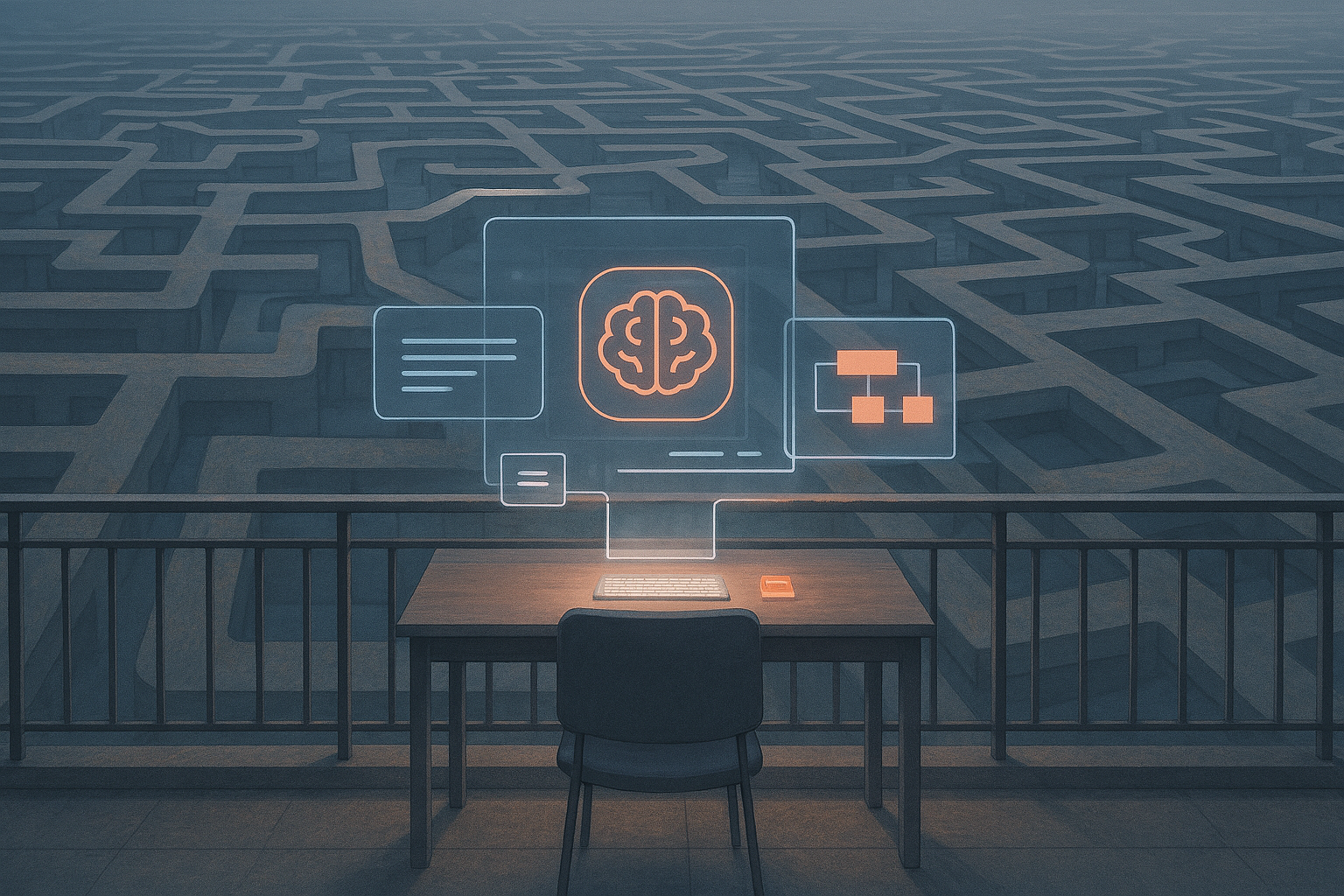In the most famous scene in science fiction history, a shining black obelisk grants monkeys the ability to use tools. As the ape throws a bone club into the air, the bone becomes a space station. Kubrick’s point was that tool use is the most defining characteristic of humanity. HAL 9000, the AI that kills the astronauts to protect its mission, is the final “tool” that humanity uses to shape and control the world. Once the tool of AI is complete in the film, humanity graduates into a new form (apparently neon glowing space babies).
Creating this final tool of Artificial Intelligence is the domain of highly paid professional data scientists and software engineers, but that is about to change.
Makers
Software platform companies have been trying to enable more people to create software tools for decades. An early attempt was Visual Basic for Applications (VBA), the scripting language embedded in Microsoft Office applications.
Many office employees learned to use VBA in Excel to make their jobs easier, then shared the workbooks with their colleagues. Teams of coworkers would rely on ever-more complicated workbooks to manage their business processes. Using VBA significantly improved their jobs, but it also has significant drawbacks:
- It’s prone to bugs and difficult to debug
- It doesn’t easily support tests and other best practices to avoid bugs
- It’s still programming and difficult to learn.
Ever since, software companies have been trying to build platforms that can replicate the success of VBA while avoiding these drawbacks. Typing in syntax gave way to drag-and-drop, while never giving quite the same power and flexibility as coding. Platforms added telemetry and error reporting, but these were an afterthought in most solutions.
AI models that can accomplish any well-specified task help the maker be even more effective. Platforms like Copilot Studio or Moveworks can accomplish incredibly powerful scenarios in the hands of enthusiast amateurs. There are now thousands of possible scenarios that were only possible for professional data scientists a few years ago, or not at all. Unfortunately, most projects continued to sideline best practices and testing procedures.
And just as before, only a fraction of employees are makers. But there is another type of developer now.
Documents as software for humans
In my job as a product manager, I write a lot of documents. Some are strategy documents, others are competitor analyses, and many are product specifications. You may write Standard Operating Procedures, memos, launch checklists, or FAQs. Or moving beyond text, you may keep accounting books in a spreadsheet, draw architectural blueprints, or author training materials. The document in all its forms is a major result of knowledge work.
Consider the reader of a document. Why do they read it, and what are they supposed to do afterwards? In general after consuming a document, the idea is that the reader thinks a certain way or does a certain thing. They may engineer the product, add a cover sheet to future TPS reports, or construct the building.
When you write a document, it is like you are programming other humans. Assuming the reader agrees to follow the document’s instructions, the result is a behavior that you have given them.
Humans are much more powerful than software, which means that the document’s instructions can be ambiguous, abstract, and high-level. Each reader applies their own intelligence to the task. When you group information workers together, all writing documents, iterating, reviewing, and following their instructions, you end up with the modern corporation. The corporation is the most effective way we’ve found to organize towards a single outcome.

Now humanity has competition; there is another entity that can take instructions from high-level documents.
The spec is the software
ChatGPT is an excellent conversation partner, therapist, and digital girlfriend. But the use case I’m more interested in is AI as an assistant.
We want AI to help us with menial, unpleasant, or difficult work, both filing memos and operating pod bay doors. With modern AI (as well as the AI in science fiction), we give an AI instructions via prompting. The AI interprets the prompt and produces tokens that fulfill a response. This is the whole point of prompt engineering: giving AI instructions accurately.
This is the same task as writing many documents for humans: giving accurate instructions.
Knowledge workers are naturally professionals at giving accurate instructions to entities that understand language. AI can now understand a document at least as well as a human. We can just give the AI our specification, SOP, or checklist. It will understand the instructions fine if we have written the document well.
These are the very same instructions that an agent will follow. A well-written SOP is a perfect set of agent instructions. The jump from spreadsheet to agent is our own obelisk moment.
This is why we in Microsoft 365 Copilot suggest considering agents without external API access as in the same class as documents. They should be creatable, shareable, and discardable by all employees. Instead of worrying about agent sprawl, companies can treat it just like document sprawl.
Employees can already easily manage many documents. If an agent is out-of-date, it can be discarded. I create many agents that I never share, or even use again after a week or two. They clutter up my list a little bit if I forget to delete them, but otherwise they are no harm at all.
The new developer
Makers and enthusiasts have been creating software for their teammates for decades, but this ability has only been for those that are interested in learning how to do so. When AI can understand the documents that all knowledge workers have been creating, it means that all users can create software.
The AI agent is a great equalizing force for software development. If you can communicate a process or job clearly in a document, you can create an agent for that process or job. All users are becoming developers.
There are 28 million professional software developers, and perhaps 75-100 million maker developers. But there are more than 1 billion knowledge workers. We are about to see an explosion of software developers. And they’ll be able to make much more functional software by leveraging the power of AI and foundation models.
AI tools make professional developers perhaps 30% more productive, but this is dwarfed by having 10 times as many developers. What will the industry look like when there are 10 times as many developers, and they are all producing incredibly advanced software? We’re entering an era with an abundance of software.
- A small daily task can be trivially removed
- Something that annoys only you can be fixed quickly
- Any two systems can be integrated, so that data doesn’t have to be moved manually
- Every person can personalize software to fit them exactly
It is an exciting time to be working in this industry!
Are users the best developers?
Much of software development is a dystopian game of telephone: the end user tells their IT department, who tells their account executive, who tells the feature’s product manager, who tells the software engineer what to build. Three months later the user gets a feature that is mostly wrong. Now the user can build the feature themselves, cutting out not just the middlemen but every other person in the process.

You may recall that HAL 9000 was programmed to process information accurately. Later, the mission leadership added new instructions to hide the mission’s true purpose from the astronauts. This conflict led to HAL’s malfunctions and ultimately the death of multiple astronauts. This process of multiple stakeholders adding and changing requirements was at fault, not the AI.
The closer that we can move development to the user that has the requirement, the better the software is going to be. AI agents collapse this entire game of telephone into just one person: the user is the developer.







